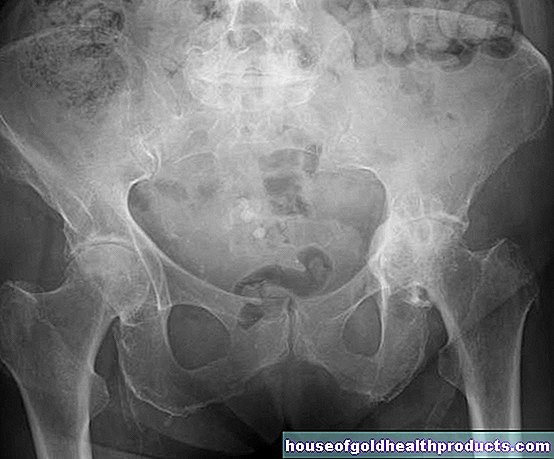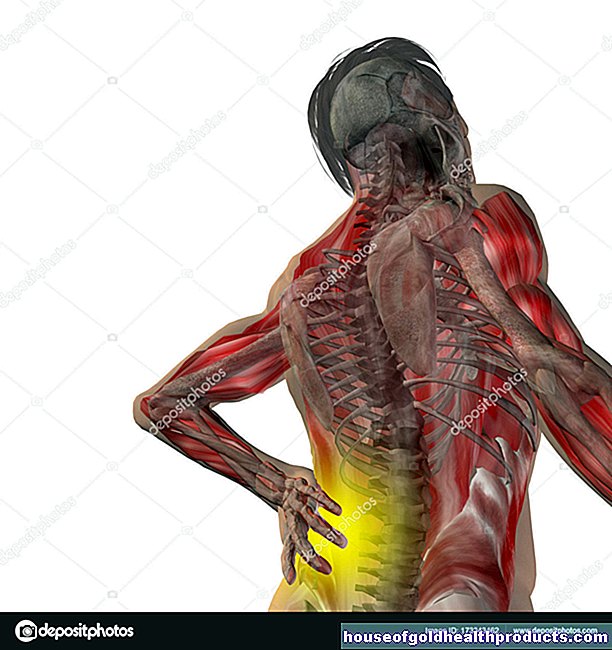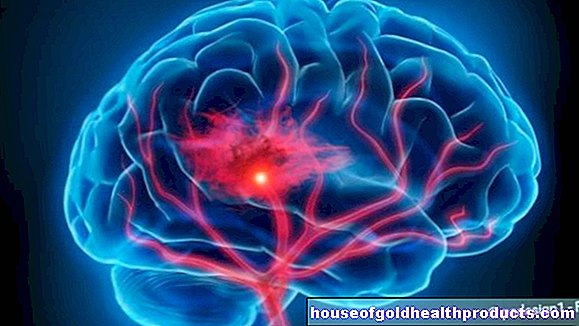Green Star: Computer training improves eyesight
All content is checked by medical journalists.MunichPeople with glaucoma often suffer from visual field defects. Even with treatment, the damage to the nerves and the retina cannot be reversed. At least so far - because a small study by the Magdeburg University Hospital is now giving hope.
Detect color change
For their examination, Prof. Bernhard Sabel and his colleagues asked 30 patients with glaucoma to be tested. With them, the field of vision, i.e. that area of the environment that the eye can grasp, was constant - so it did not deteriorate any further. In addition, the intraocular pressure was well controlled by medication. In 26 of the 30 test persons, both eyes were affected by the condition and had already lost their vision. The average age of the subjects was 62 years.
Over a period of three months, the patients completed 30-minute exercises on a computer at home twice a day. Half of them completed a mock training, the other half of the so-called Glaucoma Vision Restoration Training (gVRT). The subjects were shown slowly getting brighter lights and color changes. As soon as they could see it, they pressed a button.
The level of difficulty was adjusted monthly via an online update according to the training progress. On average, the subjects were exposed to 500 training stimuli twice a day in this way. 80 percent of these were presented in the area of the retina with residual vision, 20 percent in the intact visual field.
Improvements at 60 percent
The subsequent comparison of the two groups showed that the glaucoma-related loss of vision does not have to be permanent. Patients in the gVRT group performed significantly better in visual field tests, reports head of the study Sabel. Their reaction times were also faster than those of the placebo group.
However, the training effect varied greatly among the gVRT graduates. Of the 15 patients, four showed only moderate improvements of between 3 to 10 percent, in six the researchers observed large increases (over 10 percent). The remaining third of the study participants, on the other hand, could not improve objectively. However, subjectively some of the test participants had the impression that they could see better, even if the tests did not confirm this.
Activation of residual vision
Most of the improvements were achieved in areas of the retina where residual vision was still present. The scientists suspect that some nerve cells have survived here that can help restore vision by reconnecting and thus compensating for the loss of other cells. How exactly this works, however, is not yet known.
“Our results show that blindness does not have to be irreversible, as has always been assumed so far.” Sabel concludes that the partial restoration of vision is based on an activation of the residual vision through the ability of the brain to remodel its circuitry if necessary. It is therefore justified to use the gVRT routinely in glaucoma patients with visual field deficits and thus to support rehabilitation.
Damaged nerves and retina
Green star is a collective term for different eye diseases that have one thing in common: Either the optic nerve or the retina are damaged by a disturbed blood supply. Usually, increased intraocular pressure is the trigger for the disease. If the glaucoma is not treated in time, it can lead to complete blindness. The likelihood of an illness increases with age. According to estimates by the Initiative Group for Glaucoma Early Detection, around 800,000 people in Germany suffer from glaucoma. (lh)
Source: B. A. Sabel and J. Gudlin: Vision Restoration Training for GlaucomaA Randomized Clinical Trial; JAMA Ophthalmol. Published online February 06, 2014. doi: 10.1001 / jamaophthalmol.2013.7963
Tags: pregnancy birth organ systems alcohol


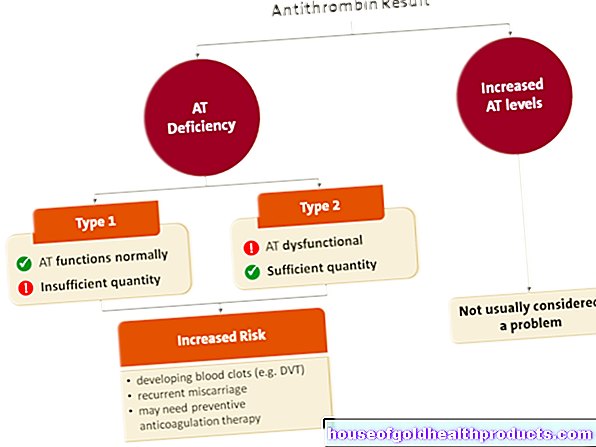

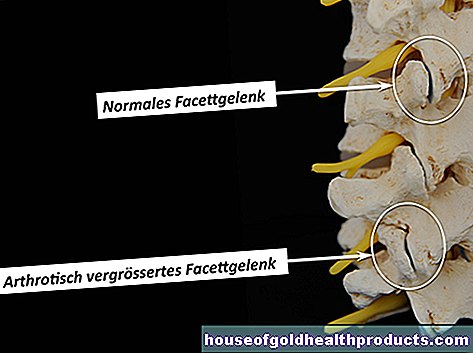




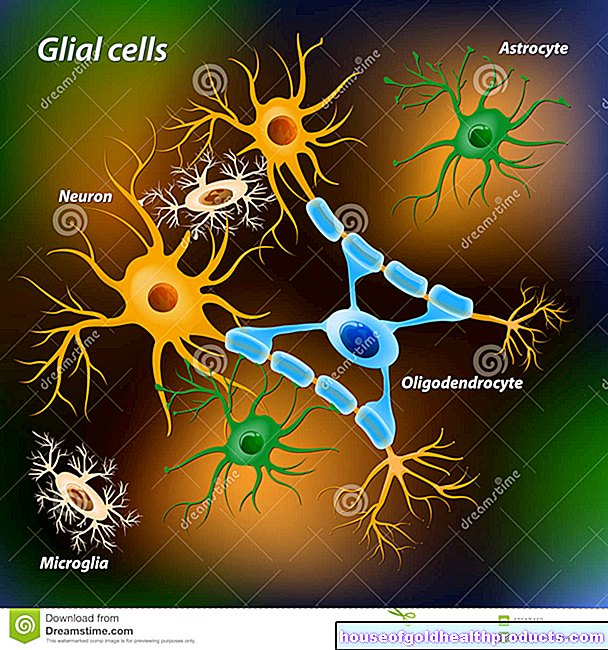






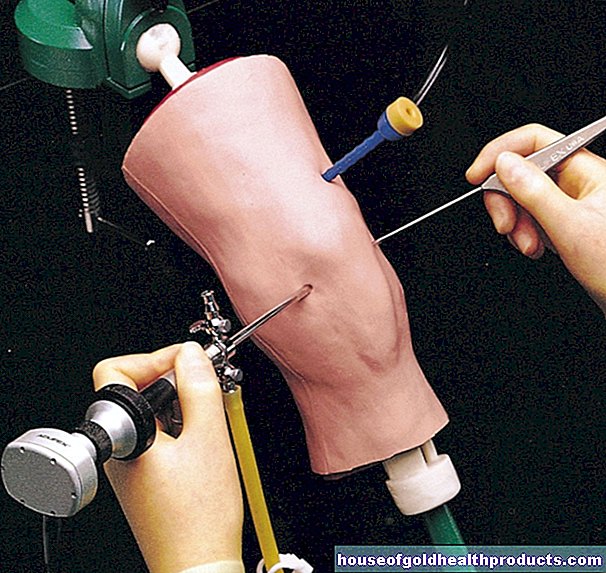
.jpg)

